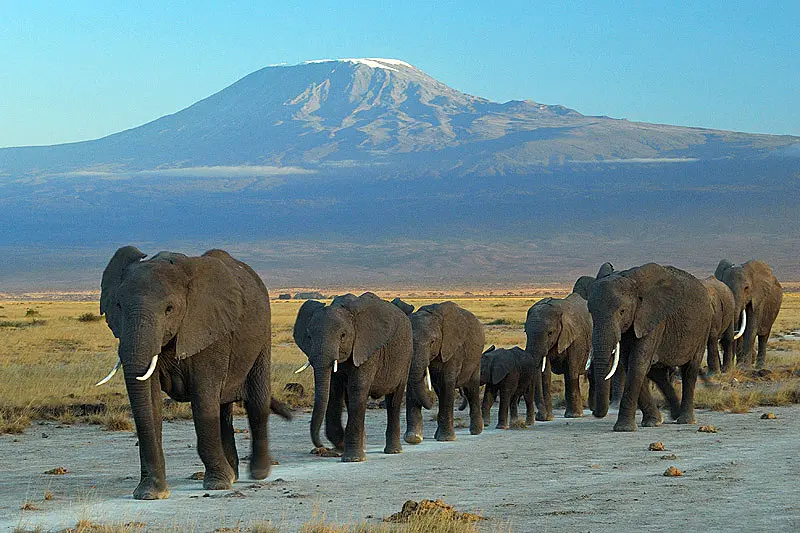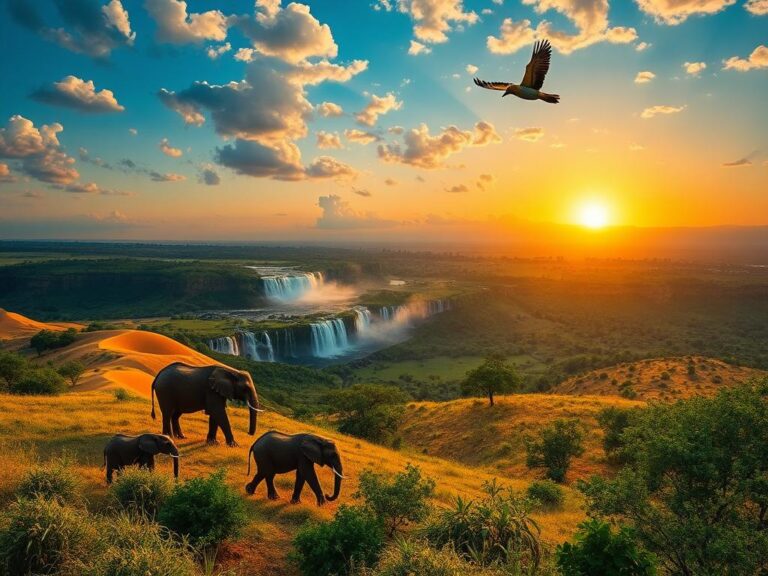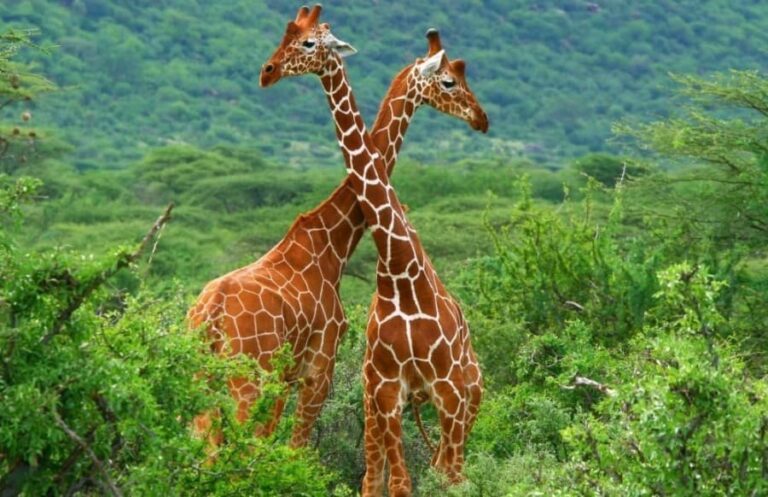
Best Place to Do a Safari: Discover the Most Breathtaking Locations to Experience Wild Africa
Best place to do a safari is a question that enthusiasts of wildlife adventures often seek to answer.
A safari isn’t just a trip; it’s an exhilarating experience that brings you face-to-face with some of the world’s most magnificent creatures in their natural habitat.
From the vast savannahs teeming with life to the lush forests hiding rare species, Africa offers a variety of unique locations where you can embark on an unforgettable safari adventure.
In this article, we will explore the ten best places to do a safari, highlighting their unique features and why they deserve a spot on your travel itinerary.
Prepare to be mesmerized by stunning landscapes, rich biodiversity, and the sheer thrill of encountering iconic wildlife.
Serengeti National Park, Tanzania
First up is the Serengeti National Park, a name synonymous with the wild African experience.
Located in Tanzania, this UNESCO World Heritage site is famous for its annual migration of over two million wildebeest and zebras that traverse the plains in search of fresh grazing pastures.
The Serengeti comprises diverse ecosystems, including savannahs, grasslands, and woodlands, hosting a spectacular variety of wildlife including lions, elephants, and cheetahs.
As the sun rises, the Serengeti takes on a golden hue, offering visitors breathtaking panoramas as they embark on jeep or balloon safaris.
The highlight, of course, is witnessing the Great Migration, which typically occurs from June to September.
According to renowned conservationist Dr. Ian Parker, “Experiencing the migration in the Serengeti is not just a safari; it’s a rite of passage for wildlife lovers.”
Maasai Mara National Reserve, Kenya
Next, the Maasai Mara National Reserve in Kenya is another iconic safari destination catering to adrenaline seekers and wildlife enthusiasts alike.
This reserve is famous for hosting the “Big Five” – lion, leopard, rhinoceros, elephant, and Cape buffalo.
Its stunning landscapes comprise rolling hills, open savannah, and the meandering Mara River, providing spectacular settings for wildlife photography.
Every July, the migration season kicks in, attracting thousands of tourists eager to capture stunning glimpses of the herds crossing the river.
A visit here allows for epic game drives, allowing guests a close-up view of predators in action, including dramatic yet educational encounters between the big cats and their prey.
Travel expert, Sarah Sutherland, adds, “To see a lioness with her cubs or to hear the roar of a lion from your camp at night truly immerses you in the wild.”
Kruger National Park, South Africa
Kruger National Park ranks as one of Africa’s largest national parks, spanning nearly two million hectares.
The park boasts an array of wildlife habitats including savannahs, forests, and riverine vegetation, making it a sanctuary for biodiversity.
What sets Kruger apart is the freedom it offers to explore as visitors can either self-drive or join guided tours to witness wildlife up-close.
Komodo Island’s tour guide, John, emphasizes, “Self-driving through Kruger gives you the unique ability to stop at your leisure, discovering wildlife in a very personal way.”
With numerous rest camps and picnic sites, visitors can relax and soak up the atmosphere while spotting elephants, rhinos, and a variety of antelope species.
Etosha National Park, Namibia
Etosha National Park in Namibia is famous for its unique salt pan landscapes offering breathtaking wildlife viewing opportunities.
During the dry season, the sparse water sources attract an impressive number of wild animals like elephants, lions, and giraffes.
The park’s diverse ecosystems comprise not just grasslands but also dense mopane woodlands, making it a hotspot for birdwatchers.
The iconic salt pans create a surreal backdrop for your photos, especially when the sun sets, illuminating the regions in brilliant hues.
Renowned wildlife photographer, Mark Schueler, commented, “The sheer number of animals gathering around waterholes is a spectacle that leaves even seasoned safari-goers in awe.”
Chobe National Park, Botswana
Chobe National Park is famous for its enormous elephant population, with estimates placing it at over 120,000.
In addition to land safaris, Chobe offers visitors unique river safaris along the Chobe River, allowing for an unmatched perspective of wildlife.
From the comfort of a boat, tourists can glide past elephants swimming or basking on riverbanks, providing a truly unforgettable safari adventure.
This park also houses an array of ecosystems, from floodplains to woodlands, harboring diverse wildlife including lions, hippos, and a rich variety of bird species.
Okavango Delta, Botswana
The Okavango Delta is a UNESCO World Heritage site known for its incredible biodiversity and unique inland delta system.
Visiting the Okavango is an experience like no other, where you can participate in mokoro (dugout canoe) safaris, exploring the waterways teeming with life.
Walking safaris are also popular, offering an intimate experience with the natural surroundings.
In the dry season, wildlife congregates in the area, making it a prime location to view elephants and buffaloes as they seek water.
One travel reviewer noted, “The serenity of the delta gives you the feeling of being the only human in a wild paradise.”
Bwindi Impenetrable National Park, Uganda
Bwindi Impenetrable National Park is an unparalleled destination for gorilla trekking, home to half of the world’s mountain gorillas.
As you navigate through the lush, misty forests, the exhilarating chance of encountering these magnificent creatures face-to-face is why adventurers flock here.
The trekking experience varies, sometimes taking several hours to find the gorillas, adding to the thrill of your quest.
Ecologist Dr. Collins Owita mentions, “Being just a few meters from a family of mountain gorillas is an experience that will stay with you forever.”
Tarangire National Park, Tanzania
Tarangire National Park is little known yet stunningly beautiful, famous for its massive elephant herds and iconic baobab trees.
This park offers a less crowded and more intimate safari experience, perfect for those seeking solitude while spotting wildlife.
Birdwatchers will also be fascinated as Tarangire provides a rich diversity of avian species, especially during the migratory seasons.
Visitors often rave about their thrilling encounters with predators especially lions and leopards hiding among the abundant trees.
Addo Elephant National Park, South Africa
Addo Elephant National Park is perfect for family-friendly outings and conservation enthusiasts, being home to over 600 elephants.
It offers a unique blend of coastal and wildlife experiences, giving visitors the chance to combine thrilling adventures with a beautiful backdrop.
Safari-goers can embark on various activities, including game drives and horseback safaris, to see elephants and other wildlife in their natural environment.
Experts recommend visiting in the early morning or late afternoon to witness the elephants at their most active.
Linyanti Wildlife Reserve, Botswana
Linyanti Wildlife Reserve is an exclusive private reserve, meaning fewer crowds and the chance for unspoiled wilderness experiences.
With diverse ecosystems from riverine woodlands to floodplains, Linyanti provides some of the best game viewing opportunities in Botswana.
Guests here are likely to witness the elusive African wild dog alongside lions and leopards, making every safari outing unique and thrilling.
Conclusion
In conclusion, choosing the best place to do a safari is about finding a destination that resonates with your personal wildlife encounter desires.
From the iconic Serengeti to the tranquil waters of the Okavango Delta, each location provides its own unique experience.
Whether you seek to witness the Great Migration, track endangered species like mountain gorillas, or simply marvel at elephants roaming freely, Africa has something for every adventurer.
Set your sights on these remarkable wildlife-rich destinations, and prepare yourself for one of the most transformative experiences of your life.
FAQ
What is the best time to go on safari?
The best time for a safari can vary depending on the destination.
Generally, the dry season is ideal for wildlife viewing as animals congregate around water sources.
Can I go on a self-drive safari?
Yes! Many parks, like Kruger National Park, allow self-drive safaris.
This provides you with flexibility to explore at your own pace.
What should I pack for a safari?
Important items to pack include binoculars, sunscreen, insect repellent, and a good camera.
Neutral-colored clothing is recommended to avoid disturbing wildlife.
Are safaris safe?
Yes, safaris can be safe when conducted in reputable parks and reserves with licensed guides.
Always follow safety guidelines provided by your guides.
How can I support conservation while on safari?
Choosing eco-friendly lodges, respecting wildlife, and donating to conservation funds helps support sustainability.
Engaging in educational programs offered by various parks can also make a significant difference.
Have you been on safari?
Share your experiences or questions in the comments below!


